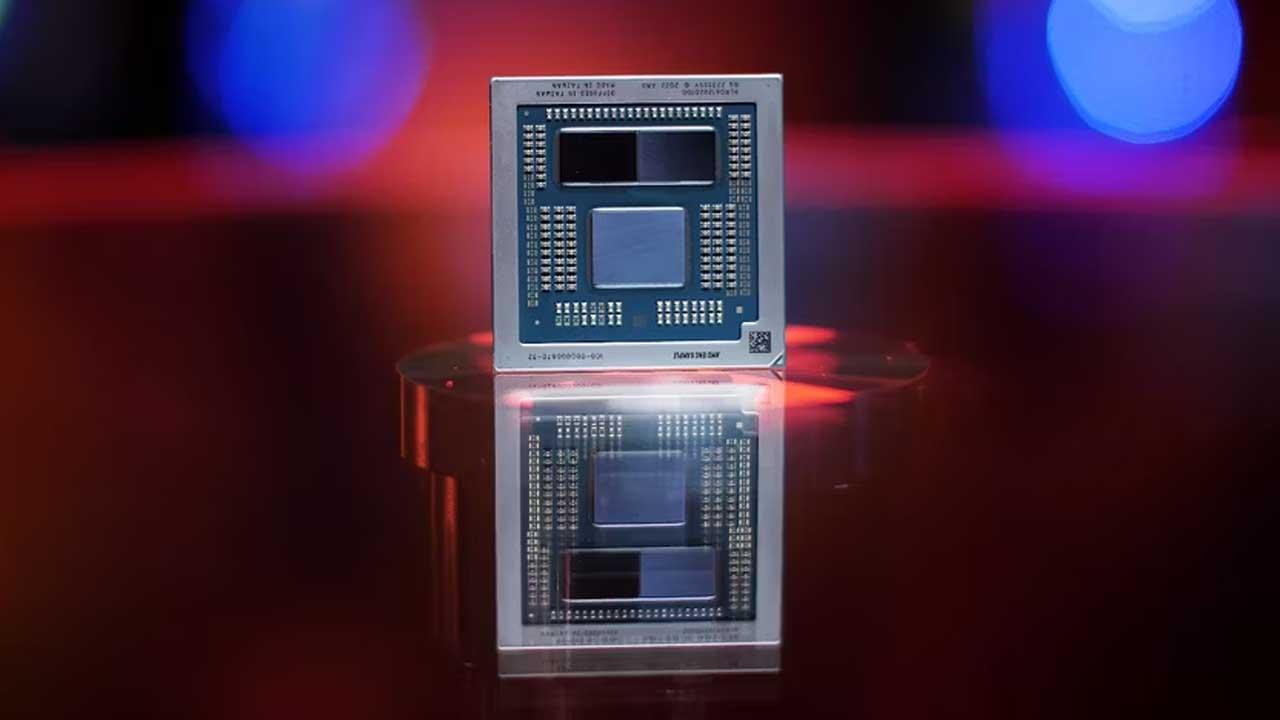During the summer of CES 2023, AMD introduced its new line of Phoenix Point APUs, designed for laptops (ultraportables, actually) and portable consoles. Code name Phoenix 2those APUs seem to be AMD’s big bet this year, in which it looks like they’re leaving desktop CPUs aside a bit to focus on that segment of the market in which, at least for now, they’re don’t seem to have any competition.
It seems quite clear that the market is currently moving towards portable equipment, equipment designed to offer good performance whatever its use (for example, working on a laptop or playing on a portable console) with a consumption of energy so low that they offer great battery life. We already saw not long ago how AMD succeeded with its Ryzen Z1 Extreme APUs mounted by ASUS ROG Ally for example, but this new iteration could have several tricks up its sleeve…
AMD Phoenix 2, a hybrid APU?
We put the fact that it is a hybrid APU between question marks because there is still no official information about it, but in the gossip on the net there are speculation about it and in fact in the Zen4/Phoenix APU reference guide that the APU itself AMD released in February of this year we have already seen information showing the concept of performance cores and efficiency cores as part of their architecture for hybrid processors… yes indeed, we are talking about P-Cores and E-Cores, the same as Intel since the release of the 12th Gen Alder Lake-S processors.
We have also seen leaked information, for example in the MilkyWay@home database, which indicates that AMD Phoenix 2 APUs (specifically the model with CPUID A70F8x) will have 2 high performance Zen 4 cores and 4 low performance Zen 4c cores . consumption. On this subject, it is also known that the P cores of this hybrid APU would have an L2+L3 cache size of 6 MB, while the E cores would have their own cache (in this case, 4 MB L2+L3).
On the other hand, it was also revealed a few months ago that AMD’s Phoenix 2 APUs will feature RDNA 3 architecture integrated graphics with 512 stream processors, as well as support for LPDDR5 RAM / LPDDR5X. Admittedly, this does not tell you much, but if you are told that this hardware configuration would be quite similar to the Ryzen Z1 that we have already seen, how do you stay?
AMD will focus on the console market
Given these leaks and the rumors that followed them, it seems clear that Lisa Su’s company is focusing its efforts on the laptop market, which, as we indicated at the beginning, includes both laptops and consoles, in this case portable or not. . We are facing an APU with which, yes, they are a little behind Intel, but which would be much more oriented towards energy efficiency, and that cannot mean anything other than battery-powered devices in which greater autonomy is sought.
Already in the past, AMD has carved out the lion’s share of the desktop console pie, something we’ve seen for many years and has been repeated with the latest consoles from Sony and Microsoft; Now, the same thing happened with ASUS’ flagship in the handheld console market, and we can’t forget that even the famous Steam Deck has an AMD-signed processor.
For all these reasons, it is logical and normal that AMD wants to continue to focus its efforts on this market in which they reign effortlessly, worth the redundancy, perhaps leaving the desktop processor market a little more aside. on which Intel seems to have taken the lead again after a great time with the Ryzen as the undisputed kings of performance and price.
Now, when will these new AMD APUs arrive? And what’s most important, when and which portable consoles will we see with these? Time will tell, but our bet is that by the last quarter of this year at the earliest, although we consider CES 2024, which takes place earlier this year, would likely be AMD’s chosen scenario for officially unveil this new product.










